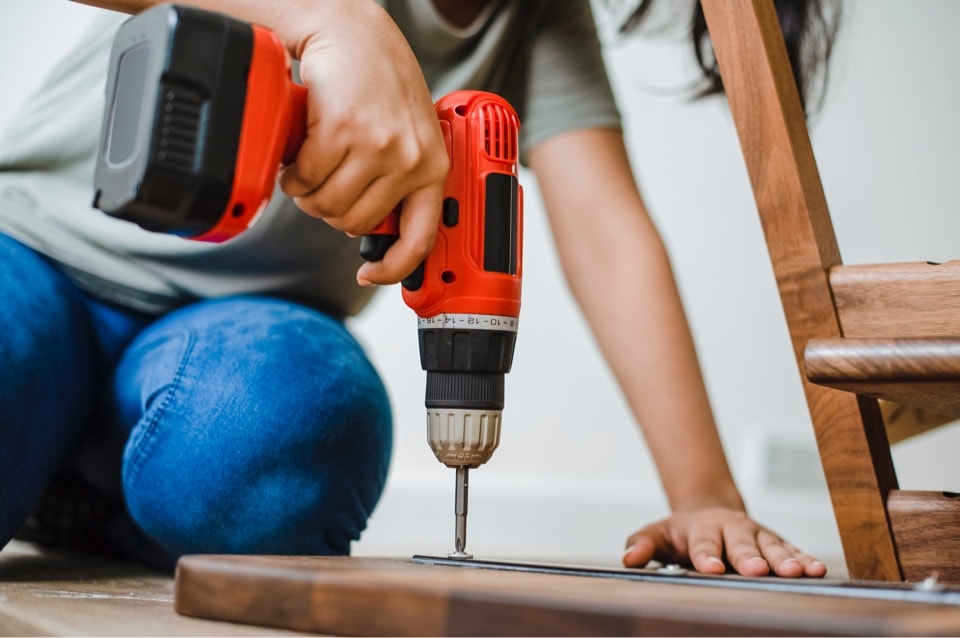Despite the rise of the female workforce in traditionally male-dominated fields, the building and construction industry persists in lagging behind, with female workers making up just a minuscule 3% of all workers. This figure includes all female carpenters in Australia, combined with bricklayers, electricians, and countless more. Modern technology has thrown the physical strength excuse out the window, so why are these numbers of female tradies so low? How do females in trades forge the way ahead, and will their hard work be rewarded long term? Is it worth starting a Certificate IV in Building and Construction to prepare for the future?
Let’s investigate.
A Promising Pathway
While the amount of females in the industry is dragging behind, the building and construction industry itself is booming. Careers in the building industry can be very rewarding, and they are often lucrative – contrary to the reputation introductory apprentice wages has on the industry – and it’s just the boys who should be making the most of this opportunity.
It remains one of the three top economic drivers in Australia, and the second biggest employer. Get past this mystery hurdle of representation, and female tradies with their sights set on a long-term career in construction will have excellent opportunities to progress and prosper. And it’s worth remembering that while the 3% figure may be daunting, it is on the rise.
Plus, what these topline statistics don’t tell us, is that women are actually better represented in management roles within the construction industry, compared to the average across all fields. So it seems like those who put in the effort when the odds are stacked against them are successfully making their way to the top—it may be worth investigating those building and construction certificates after all.
In truth, a high demand for workers, combined with promising opportunities for top-performing female tradies, may just spell better job security for women considering a career in construction.
Another promising sign is that the number of women choosing to study their Certificate IV in Building and Construction is increasing, with the long term effects of this set to shift the industry dynamic in just a few years’ time. It is always important to consider the current job market, but it’s those beginning their careers now which will make the biggest impact on the shifting industry.

In-Demand Skills
While we are well past the myth that women are emotional while men are physical, there are differences in the ways that men and women approach new challenges, solve problems and work with others. A diverse industry benefits from these differences, and the building industry has limited assets it can currently tap into.
In fact, studies have shown that, on average, women are better communicators, more cautious and thorough, and able to organise themselves, including juggling multiple tasks.
Anyone would agree that these three traits are incredibly useful in the deadline-driven, precision-obsessed, and team-centric world of building and construction. Plus, you’ll notice that while they can be refined through hands-on learning and even formal education, like a Certificate IV in Building and Construction, they remain intrinsic traits.

Challenge or Opportunity?
Studies have shown that a more diverse, balanced workforce is a more productive one, meaning that everyone—organisations, government, managers and individuals—have something to gain from an industry-wide shift. In fact, a diverse construction workforce has the potential to increase GDP by 11% and economic growth by $25 billion over the next decade. So while many may see the current imbalance in workforce gender as a negative, through a fresh perspective it can be seen as immense opportunity.
The question now is how each entity can work together towards this common goal, without blaming governments and culture alone. For larger companies, they have the option of implementing tender criteria which make diversity and equality a standard. For institutions and educators, it is their responsibility to make the pathway to a Certificate IV in Building and Construction accessible, and acceptable, for women to undertake, and find ways to decrease the male dominated culture found in building and construction courses.
There are some things female tradies can do to help out too, such as becoming an advocate to others, helping to decrease the stigma around females in the industry and eventually shift the discourse through mentorship. Around Australia, more networking initiatives, buddying systems and even women-only trades groups are being established. New South Wales is even aiming to double its female construction workforce in the near future, meaning more immediate opportunities for women currently studying or thinking about building and construction certificates.
Are you looking to take the next step in your career in building and construction with a Certificate IV or Diploma? Contact our team at 1300 4 CWBTS or request a callback and we will get back to you with all the information you need!





